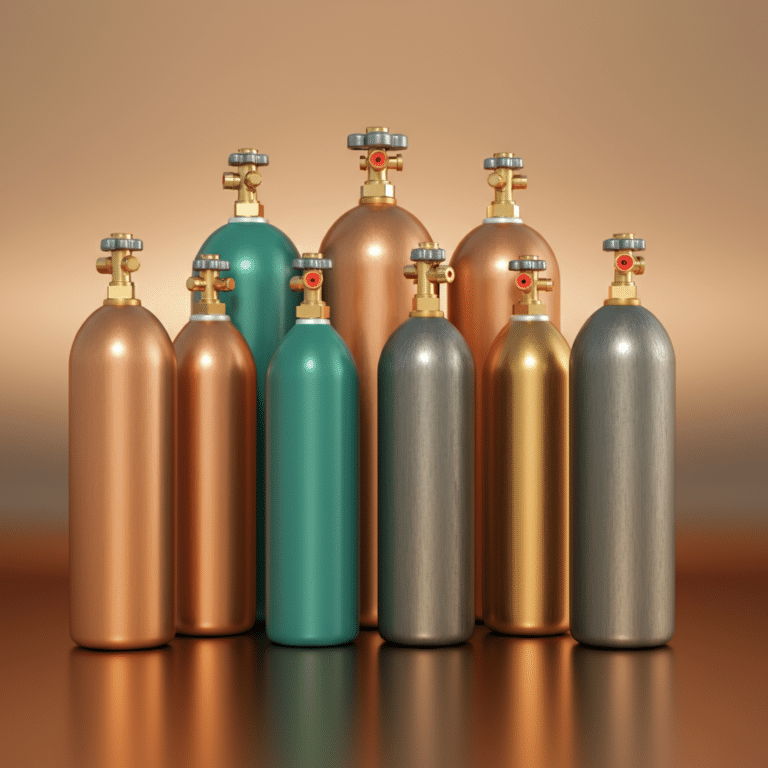Nitrous oxide is called “laughing gas” or “NOS” for short. It’s a gas with many uses in medicine, industry and even recreation. While it’s used for good in some fields, nitrous oxide is very dangerous when misused. This guide will cover what nitrous oxide is, its properties, its uses and the dangers of misuse.
What is Nitrous Oxide?
What is it?
Nitrous oxide (N₂O) is a colourless, non-flammable gas with a sweet taste and smell. It’s made up of two nitrogen atoms and one oxygen atom, N₂O. It’s used in many fields, medicine, food processing and industry.
Nitrous oxide is called “laughing gas” because of the euphoric effects when inhaled. It’s also used as an oxidiser in some industrial processes, hence the nickname “NOS” (Nitrous Oxide System) in car racing where it’s used to boost engine power.
The Role of Fast Gas Canisters in Modern Kitchens
The main purpose half the effort of fastgas canisters is to help chefs and home cooks create whipped cream, foams and other aerated food products. These canisters are used in professional kitchens and home use for convenience and ease. By using nitrous oxide chefs can produce high quality whipped textures quickly and with minimal effort.
Beyond standard whipped cream, fast gas products are used in molecular gastronomy, the new culinary trend that is all about the science of food. Molecular gastronomy allows chefs to experiment with new textures and flavours, using tools like nitrous oxide canisters to create unique dishes and drinks that go beyond traditional cuisine.
Price Drop! Fast Gas 670g – Now £20.98
Where to Buy fast gas and Nitrous Oxide Chargers
fast gas canisters are available through various retailers online and in specialty kitchen supply stores. Culinary equipment suppliers stock these products so professional chefs and home cooks can access them. Online gourmet ingredient and culinary tool stores also carry fastgas products.
Authorised retailers must comply with the regulations and ensure customers are buying nitrous oxide chargers for culinary use. In many cases retailers will provide information on the laws around nitrous oxide and how to use it so customers are fully aware of the product they are buying.
Safety and Handling
Handling nitrous oxide canisters requires care. fast gas have designed their canisters with several safety features such as a pressure regulator and adapter to ensure precise gas release and no waste. These features make the product more cost efficient, and reduce the risk of accident.
Always follow the manufacturer’s instructions when using nitrous oxide chargers. This means attaching the canister to the dispenser correctly and releasing the gas slowly to avoid frost burns. Following these guidelines will ensure the product is used safely and efficiently.
Fast gas vs Cream Chargers
fast gas canisters are bigger than cream chargers so you can get multiple uses from one canister. This makes them more cost effective and efficient especially in professional kitchens where large quantities of whipped cream or foams are needed. The larger capacity means you don’t need to replace as often traditional cream chargers, making fast gas a convenient option for chefs and caterers.
Also fast gas canisters have features to improve handling and safety. Easier gas release mechanisms and regulators so only the right amount of gas is used, reducing gas waste, and increasing productivity.
Authorised Retailers and Compliance
Retailers who sell fast gas products must comply with all relevant laws and ensure customers are buying nitrous oxide chargers for culinary use. Fast gas has a zero tolerance approach to misuse of nitrous oxide and promotes responsible use of their products. This means customers are aware of the laws and the dangers of recreational nitrous oxide use.
Properties and Reactions of Nitrous oxide
Nitrous oxide is colourless and has a faint sweet smell. Its molecular weight is 44.013 g/mol and boils at -88.48°C making it a gas at room temperature but can be condensed into a liquid for storage and transportation.
One of the notable properties of nitrous oxide is that it supports combustion. Although it’s not flammable itself, it can provide oxygen to flames making them burn more vigorously. This property makes it a strong oxidiser used in medical applications and as a combustion booster in racing engines.

£27.50 Original price was: £27.50.£21.50Current price is: £21.50. inc. VAT
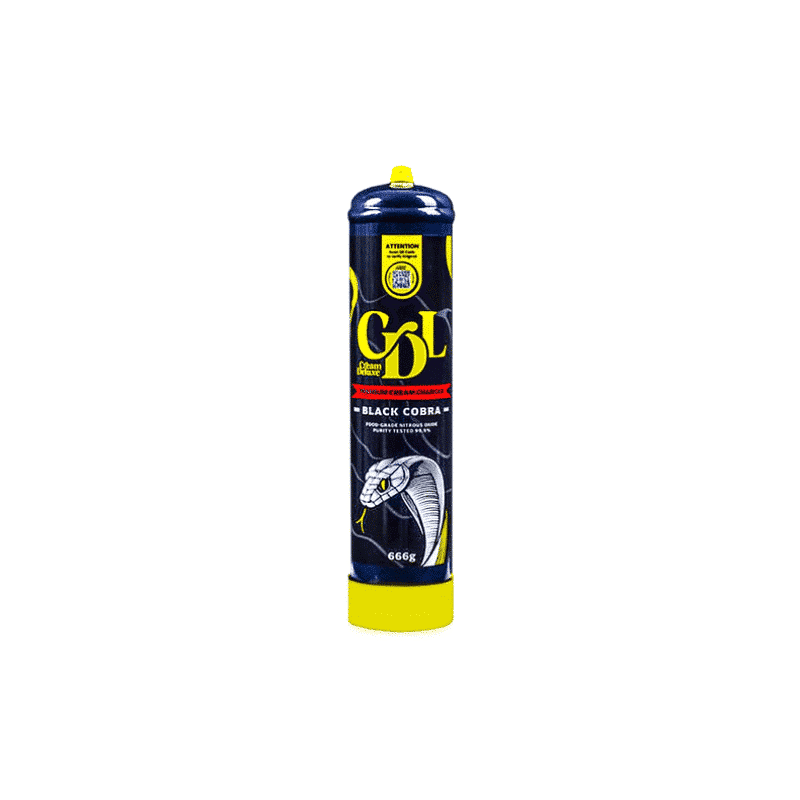
£26.95 Original price was: £26.95.£21.95Current price is: £21.95. inc. VAT
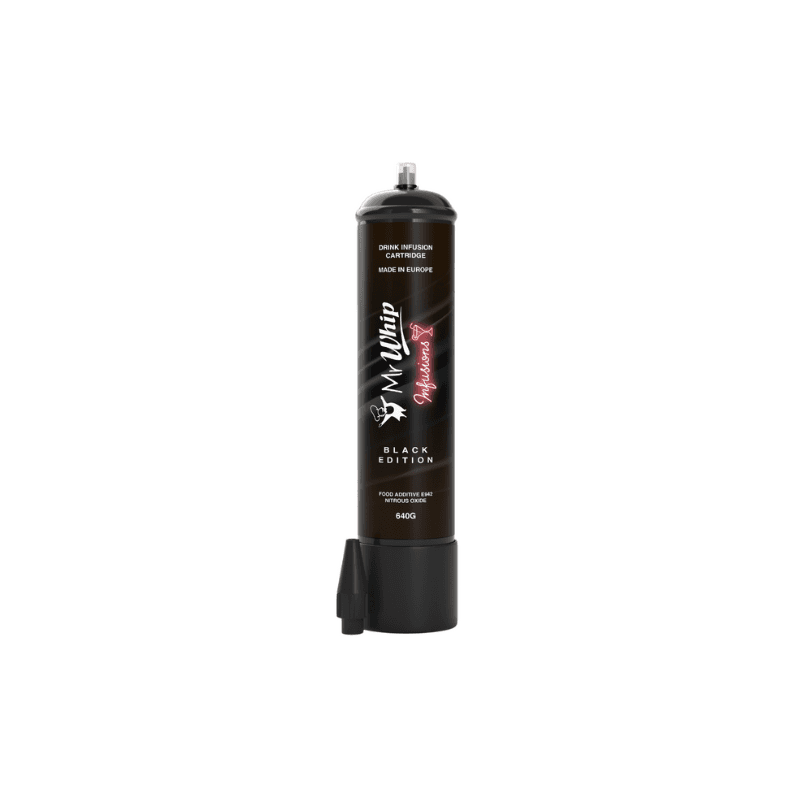
£23.95 Original price was: £23.95.£19.99Current price is: £19.99. inc. VAT

£29.95 Original price was: £29.95.£19.95Current price is: £19.95. inc. VAT

£77.95 Original price was: £77.95.£67.95Current price is: £67.95. inc. VAT
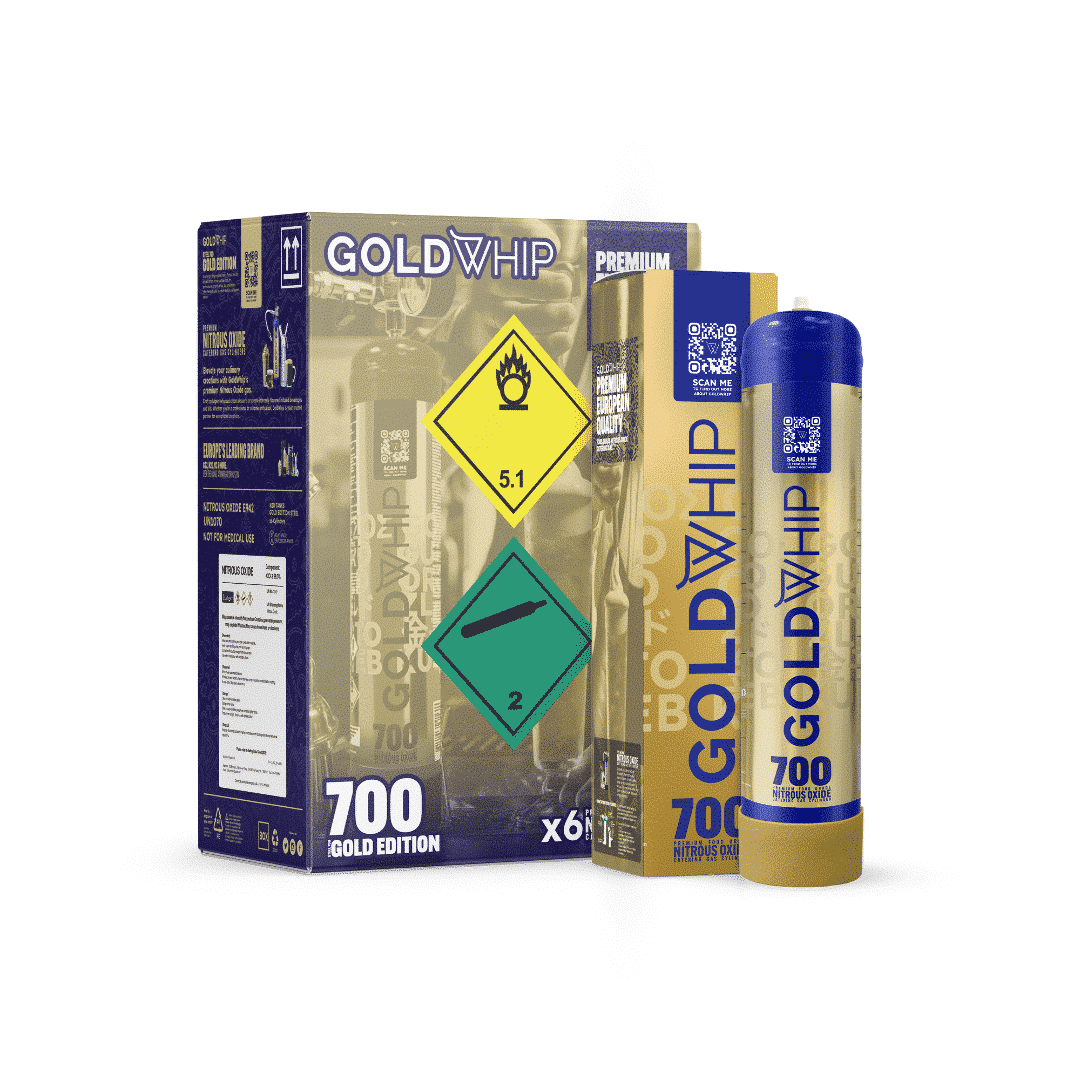
£27.95 Original price was: £27.95.£19.99Current price is: £19.99. inc. VAT
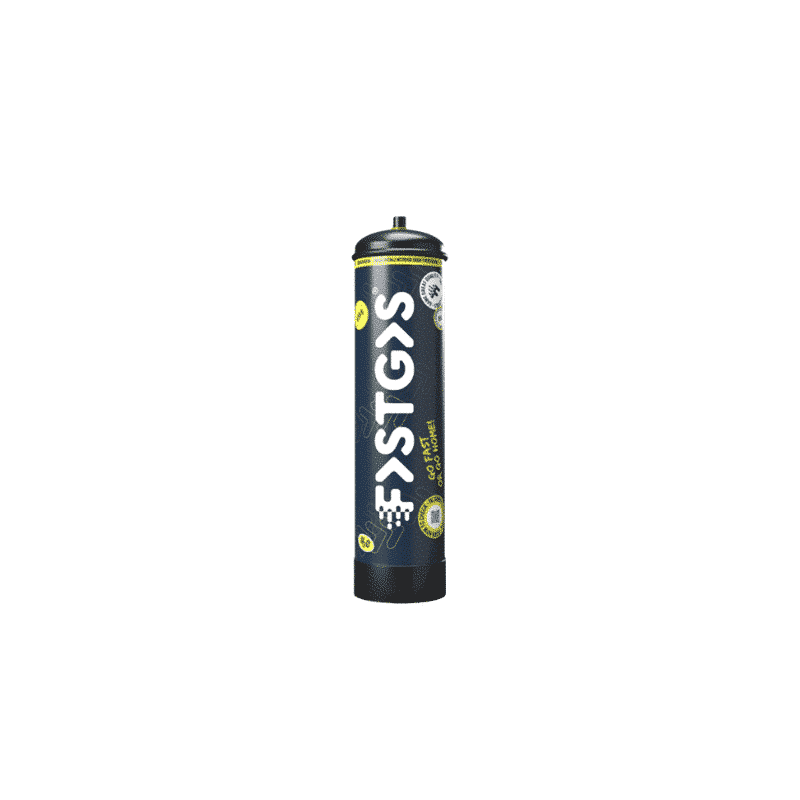
£24.98 Original price was: £24.98.£20.98Current price is: £20.98. inc. VAT

£36.95 Original price was: £36.95.£26.95Current price is: £26.95. inc. VAT
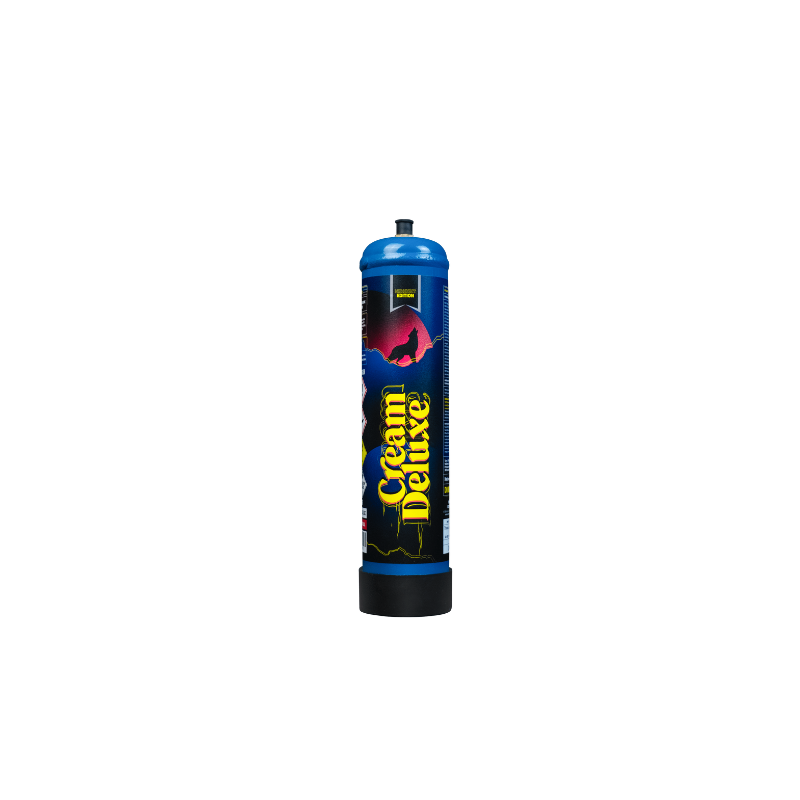
£24.95 Original price was: £24.95.£20.50Current price is: £20.50. inc. VAT

£35.00 Original price was: £35.00.£27.95Current price is: £27.95. inc. VAT
Chemical Reactions
Nitrous oxide reacts with various substances. For example it reacts with NaNH₂ (sodium amide) at high temperatures to produce NaN₃ (sodium azide) which is used in airbags and other applications. In organic chemistry nitrous oxide is an oxidiser and is a component of some types of rocket fuel because it releases oxygen when decomposed.
Nitrous Oxide Use
Medical Applications
One of the most common use of nitrous oxide is in medicine, as an anaesthetic and analgesic. In hospitals and dental clinics nitrous oxide is used to sedate patients and relieve pain, especially for minor procedures. It’s administered with oxygen to ensure patient safety. Nitrous oxide is used in dentistry to help patients relax during treatments, hence the nickname “laughing gas” because of the euphoric effects.
Nitrous oxide is also used as a propellant in medical products such as inhalers and in the manufacture of aerosol medications.
Industrial Applications
Nitrous oxide is used in many industrial processes. It’s used in the production of semiconductors and other electronic components where its reactive oxidiser properties are useful.
In the food industry nitrous oxide is the gas in whipped cream chargers and other aerated food products. It’s used as a propellant in whipped cream dispensers and cooking sprays so chefs and home cooks can create light and fluffy textures in food.
And nitrous oxide is used in natural gas pipeline testing to detect leaks as it can penetrate the system and find where the gas is escaping.
Effects of Nitrous Oxide
Physical Effects
While nitrous oxide is used for medical and industrial purposes, it can have effects on the human body when inhaled. Short term exposure to nitrous oxide can cause decreased mental performance, impaired audiovisual ability and reduced manual dexterity. These effects can impair decision making and increase the risk of accidents especially when inhaled recreationally.
One of the risks of nitrous oxide use is vitamin B12 deficiency which can occur after prolonged exposure to the gas. This deficiency can cause neurological damage including nerve damage that can cause tingling, numbness and loss of coordination.
Inhaling too much nitrous oxide can also cause oxygen deprivation. Since nitrous oxide displaces oxygen in the lungs, excessive inhalation can cause hypoxia which can cause unconsciousness and even death if not treated immediately.
Mental and Emotional
Nitrous oxide produces euphoric effects when inhaled, users feel relaxed, giddy and sometimes disoriented. But it can also cause anxiety, paranoia and hallucinations especially when used in high doses. These effects vary from person to person and depending on the amount of gas inhaled.
Long term use of nitrous oxide can lead to dependence and addiction. Chronic users may experience cravings and can’t function without the drug and will consume more and increase the risk of side effects.
Risks and Hazards
Chemical Risks
Nitrous oxide has chemical risks especially in industrial settings. As a strong oxidiser it can cause fires and explosions if it comes into contact with flammable materials. So you must handle nitrous oxide with care and store it properly.
The gas is also very cold when it comes out of its pressurised container so it can cause frostbite and skin irritation if it touches skin. That’s why you must wear protective gear and follow safety protocols when working with nitrous oxide.
One of the biggest risks is asphyxiation. Nitrous oxide can displace oxygen in enclosed spaces and cause oxygen deprivation. If someone inhales nitrous oxide without proper ventilation they can lose consciousness and in severe cases die from suffocation.
Environmental Impact
Nitrous oxide is a potent greenhouse gas and contributes to climate change. It has a global warming potential (GWP) of 300 times more than carbon dioxide so its release to the atmosphere is an environmental issue.
And nitrous oxide can also contribute to ozone depletion and thinning of the ozone layer and increase the risk of UV radiation exposure.
The production, transportation and use of nitrous oxide has environmental impacts and efforts are being done to reduce its industrial emissions and find alternatives where possible.

£27.50 Original price was: £27.50.£21.50Current price is: £21.50. inc. VAT

£26.95 Original price was: £26.95.£21.95Current price is: £21.95. inc. VAT

£23.95 Original price was: £23.95.£19.99Current price is: £19.99. inc. VAT

£29.95 Original price was: £29.95.£19.95Current price is: £19.95. inc. VAT

£77.95 Original price was: £77.95.£67.95Current price is: £67.95. inc. VAT

£27.95 Original price was: £27.95.£19.99Current price is: £19.99. inc. VAT

£24.98 Original price was: £24.98.£20.98Current price is: £20.98. inc. VAT

£36.95 Original price was: £36.95.£26.95Current price is: £26.95. inc. VAT

£24.95 Original price was: £24.95.£20.50Current price is: £20.50. inc. VAT

£35.00 Original price was: £35.00.£27.95Current price is: £27.95. inc. VAT
Reducing Harm
Withdrawal and Treatment
Withdrawal from nitrous oxide can be tough for long term users. Symptoms may include cravings, anxiety and irritability. While nitrous oxide is not physically addictive like some other substances, the psychological dependence can be strong.
Treatment for nitrous oxide addiction is behavioral therapy and support groups. In some cases medications may be prescribed to manage withdrawal symptoms or treat underlying conditions like vitamin B12 deficiency.
Conclusion
Nitrous oxide is a versatile gas used in medicine, food industry and beyond. But despite its many legitimate uses it has risks when used improperly. Chemical risks, environmental impact and addiction makes you must handle nitrous oxide with care and follow safety protocols.
Know the properties, uses and risks of nitrous oxide and use it wisely and follow safety protocols. Individuals and industries can reduce harm and enjoy its benefits without the risks.





